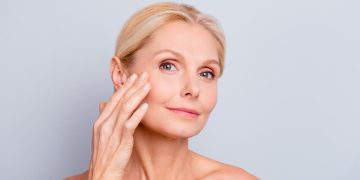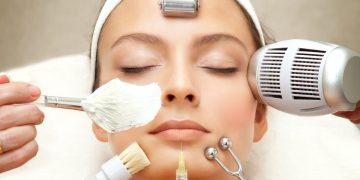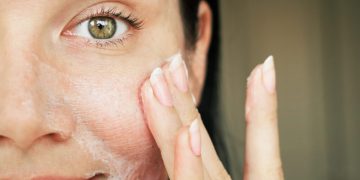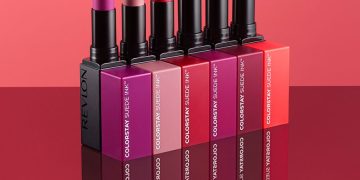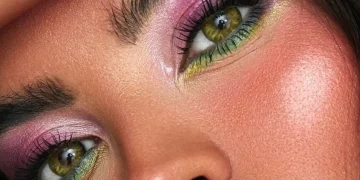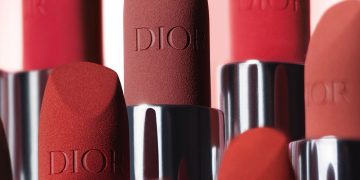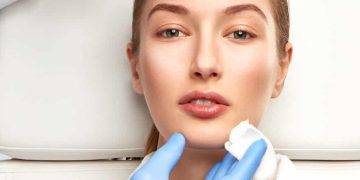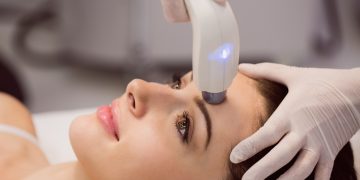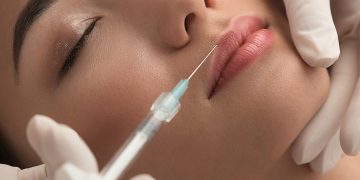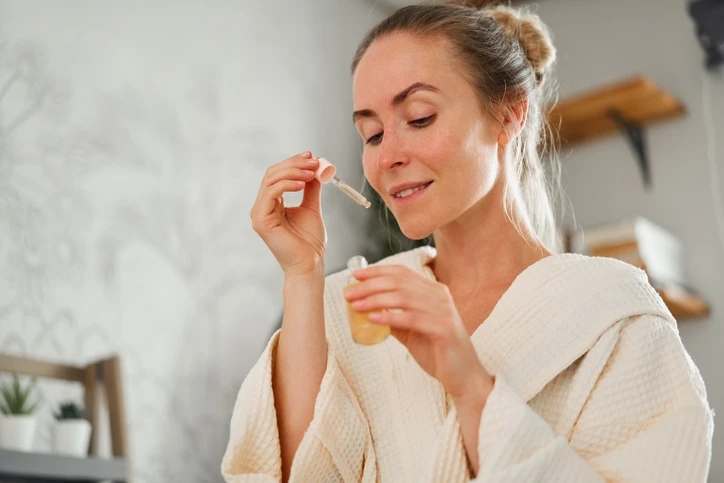Introduction: The Evolving Landscape of Anti-Aging Skincare
The global anti-aging skincare market, valued at $63 billion in 2023, is projected to surpass $90 billion by 2030, driven by advancements in biotechnology, consumer demand for personalized solutions, and a growing emphasis on sustainability. As we approach 2025, the industry is witnessing a paradigm shift—moving beyond traditional retinoids and hyaluronic acid to embrace next-generation ingredients that target aging at the cellular and molecular levels. This article explores the scientific breakthroughs, consumer trends, and market forces shaping the future of anti-aging skincare, spotlighting the ingredients poised to dominate in 2025 and beyond.
1. Telomere-Activating Compounds: The Longevity Revolution
Science Behind the Trend
Telomeres, the protective caps at the ends of chromosomes, shorten with age, leading to cellular senescence and visible signs of aging. Recent studies on telomerase activation—a process that lengthens telomeres—have sparked interest in ingredients that mimic this mechanism.
Key Ingredients to Watch
- Astragalus Root Extract: Rich in cycloastragenol, this plant-derived compound has shown promise in activating telomerase in preclinical studies. Brands like Estée Lauder are already investing in patents for telomere-lengthening formulations.
- Epitalon: A synthetic peptide modeled after the pineal gland’s epithalamin, Epitalon has demonstrated telomere extension effects in animal trials. Regulatory hurdles remain, but startups like OneSkin are pioneering its use in topical creams.
Market Impact
Expect luxury brands to position telomere-focused products as “longevity serums,” priced at premium tiers ($300+). Clinical validation will be critical to overcoming skepticism, as the link between telomere length and skin aging is still debated.
2. Mitochondrial Optimizers: Energizing Aging Skin
The Role of Mitochondria
Mitochondrial dysfunction—a hallmark of aging—leads to reduced ATP production, oxidative stress, and collagen degradation. 2025 will see a surge in ingredients that enhance mitochondrial efficiency.
Breakthrough Components
- MitoQ: A ubiquinone molecule engineered to penetrate mitochondria, MitoQ neutralizes free radicals at the source. Clinical trials show a 40% reduction in wrinkle depth after 12 weeks.
- Ergothioneine: This antioxidant, derived from mushrooms, protects mitochondrial DNA from UV-induced damage. Companies like Amorepacific are incorporating it into sunscreens and overnight repair creams.
Consumer Appeal
Positioned as “cellular energy boosters,” these ingredients align with the wellness movement’s focus on holistic health. Marketing will emphasize “glow from within” results, supported by wearable tech that tracks skin oxygenation levels.
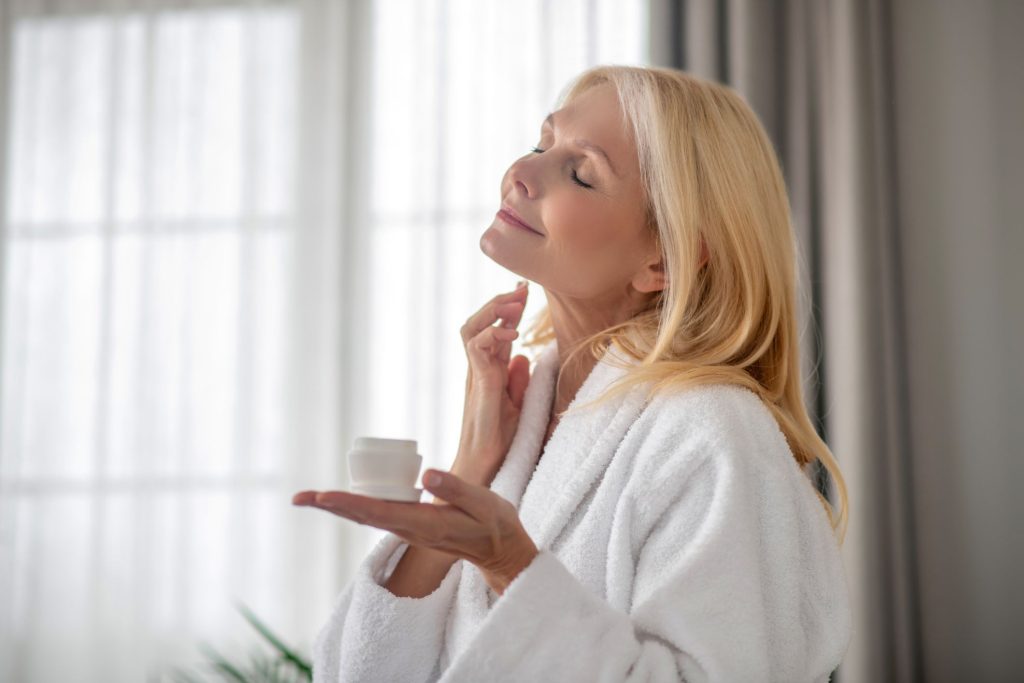
3. Microbiome Modulators: Balancing Skin Ecosystems
From Gut to Skin
The skin microbiome’s role in aging is gaining traction. Dysbiosis (microbial imbalance) correlates with inflammation, impaired barrier function, and accelerated aging.
Innovative Ingredients
- Postbiotic Lysates: Fragments of probiotic bacteria like Lactobacillus stimulate collagen synthesis without requiring live cultures. La Roche-Posay’s Toleriane line has seen success with postbiotic formulations.
- Prebiotic Xylitol: A sugar alcohol that feeds beneficial microbes, xylitol enhances ceramide production. Look for hybrid products merging prebiotics with traditional actives (e.g., prebiotic-retinol blends).
Sustainability Angle
Fermentation-derived microbiome ingredients appeal to eco-conscious consumers, as they often utilize upcycled agricultural waste. Brands like Biossance highlight their “zero-waste” production processes.
4. AI-Designed Peptides: Precision Anti-Aging
The Rise of Computational Chemistry
Artificial intelligence is revolutionizing ingredient discovery. Algorithms analyze thousands of protein structures to design peptides that target specific aging pathways (e.g., MMP-1 inhibition for collagen preservation).
Notable Examples
- Hexapeptide-11: An AI-generated peptide that outperforms Matrixyl 3000 in stimulating fibroblast activity. Startups like Haut.AI are partnering with labs to fast-track these molecules to market.
- CRISPR-Inspired Peptides: While gene editing remains controversial, peptides mimicking CRISPR’s precision are being developed to “silence” aging-related genes like IL-6.
Ethical and Regulatory Challenges
As AI-designed ingredients blur the line between cosmetics and biologics, regulators like the FDA may impose stricter safety assessments. Transparency in AI training data will also become a consumer concern.
5. Plant Stem Cells and Phyto-Retinol Alternatives
Beyond Synthetic Retinoids
Retinol alternatives are booming due to concerns about irritation and phototoxicity. Plant stem cells offer a gentler approach to cell renewal.
Top Contenders
- Edelweiss Stem Cells: Alpine edelweiss extracts protect against infrared radiation, a factor in urban aging. Swiss brand Mila D’Opiz has launched a serum combining edelweiss with glacier water.
- Bakuchiol Derivatives: While bakuchiol is already popular, 2025 will see next-gen variants like methylbakuchiol, which boasts 3x the stability of traditional forms.
Market Differentiation
Vegan certifications and “wildcrafted” sourcing stories will dominate branding. Expect partnerships with biotech firms to engineer drought-resistant plant cells for consistent supply.
6. Exosome Therapy: The Next Frontier
What Are Exosomes?
These extracellular vesicles derived from stem cells deliver growth factors, mRNA, and proteins to repair damaged tissue. In skincare, exosomes from human fibroblasts or plant sources are gaining traction.
Clinical Evidence
A 2024 study in Journal of Cosmetic Dermatology found that topical exosomes reduced pigmentation by 58% and improved elasticity by 34% in 8 weeks. Korean brand AHC launched the first FDA-cleared exosome serum in Q1 2025.
Controversies
Ethical debates persist around human-derived exosomes, pushing brands toward plant-based alternatives (e.g., apple or grape exosomes). Pricing remains steep ($400–$600 per serum), limiting accessibility.
7. Sustainable and Upcycled Ingredients
The Circular Beauty Movement
With 73% of consumers prioritizing sustainability, upcycled ingredients are becoming anti-aging staples.
Innovations to Note
- Coffee Berry Extract: Traditionally discarded, coffee fruit pulp is rich in polyphenols that inhibit glycation (a process that stiffens collagen). Upcycle Beauty’s line has diverted 10 tons of coffee waste annually.
- Algae-Based Sirtuin Activators: Certain algae species activate sirtuins, proteins linked to longevity. Brands like Osea are harvesting invasive algae species, turning ecological threats into skincare gold.
Certifications Matter
Look for USDA BioPreferred labels and Carbon Trust certifications to appeal to eco-aware demographics.
Conclusion: The Convergence of Science, Ethics, and Personalization
The 2025 anti-aging market will be defined by three pillars:
- Hyper-Targeted Science: Ingredients addressing aging at genetic and epigenetic levels.
- Ethical Innovation: Vegan, cruelty-free, and sustainable sourcing as non-negotiable standards.
- Personalization: AI-driven diagnostics creating bespoke ingredient blends for individual skin aging patterns.
Brands that balance efficacy with transparency will dominate, while consumers increasingly view skincare as an extension of their broader health and environmental values. As research accelerates, the line between cosmetics and biopharmaceuticals will continue to blur—ushering in a new era where anti-aging isn’t just about looking younger, but living better.


